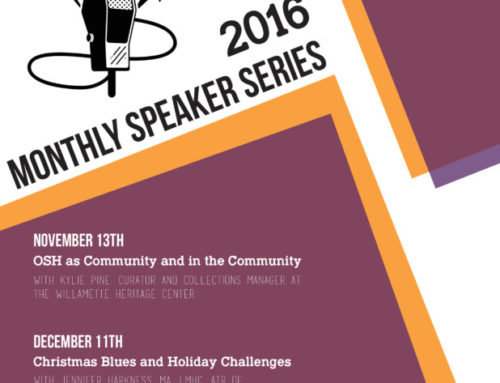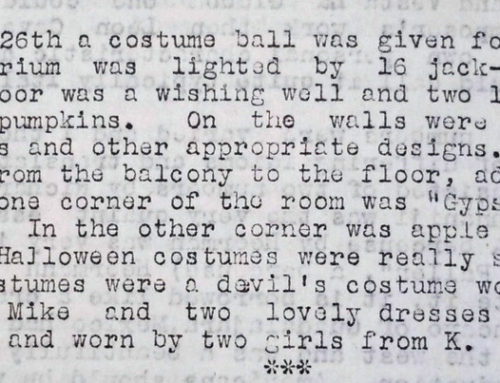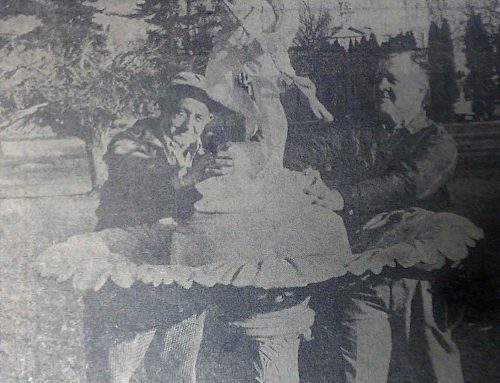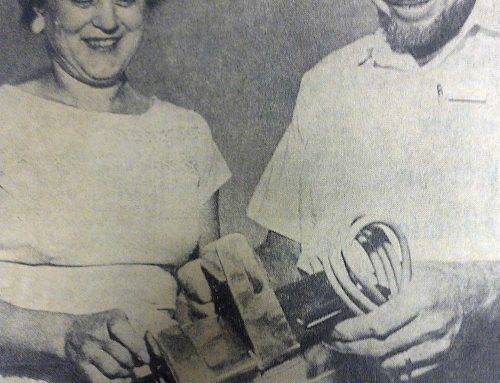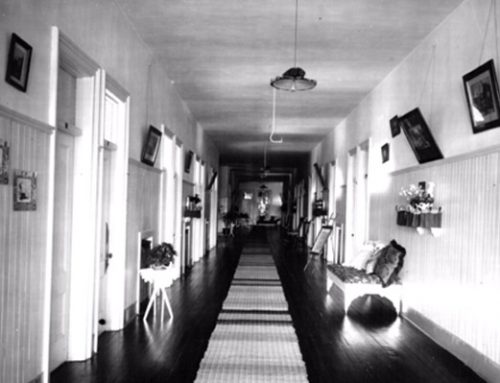In 1972, 51 Oregon State Hospital patients and 51 Oregon State Hospital staff spent 16 days on a wilderness trip in Eastern Oregon. It was an experimental, and perhaps radical, program designed to radically change the lives of its participants.
The idea for the expedition came when then Superintendent Dr. Dean K. Brooks witnessed transformations in a group of Girl Scouts undergoing a workshop with world-renown climber Lute Jerstad. As a reporter quotes: “Last year he
So, Dr. Brooks engaged Jerstad to lead a trip for the Oregon State Hospital. The patients selected to go, were those who had what was considered “chronic” and had been institutionalized for a long period of time. They were paired one-on-one with staff members from the hospital. The staff partners didn’t just include medical staff, but “non-clinical” staff as well, including painters.[2]
The trip was chronicled by LIFE magazine correspondent John Frook and photographer Bill Epperidge (you can read their photo-essay on Google Books, here) in the October 27, 1972 edition. In the editor’s note of the article, they note
…they faced an unexpected problem: sorting out the patients from the staff. “each person wore a tag bearing only his first name,” recalls Frook, “and several times someone we thought might fit into our story as a patient turned out to be a staff member…Once we’d worked out who was who, it took time to get used to sharing our campsites with people who had histories of violence and even homicide. I woke up one night and began wondering about these still shapes around me. I had started off with a kind of keep-your-back-to-the-wall wariness. But we had spent an exhausting week of forced interdependence, and I decided I just wouldn’t worry anymore. For the most part the patients were composed and extraordinarily tender. By the end of the trip, I’d fallen into a number of easy friendships.[3]
This expedition served as a pilot program for “one of the most extensive and comprehensive wilderness therapy program ever to be implemented at a state psychiatric hospital.” [4] You can read more about the history of the program here.
[1] Dieter, Alice. “I’m Not a Patient, I’m a Mountain Climber.” Intermountain Observer. 26 August 1972, pg 12.
[2] Dieter, Alice. “I’m Not a Patient, I’m a Mountain Climber.” Intermountain Observer. 26 August 1972, pg 12 and Frook, Bill. “Roughing it back towards Sanity” LIFE. 27 October 1972.
[3] Frook, Bill. “Roughing it back towards Sanity” LIFE. 27 October 1972., pg 9.
[4] Trautner, Todd. “A History of Outdoor Therapy Programming at the Oregon State Hospital.” OSH Recovery Times. April 2009, pg 1. http://www.oregon.gov/OHA/mentalhealth/osh/news/0409.pdf?ga=t

